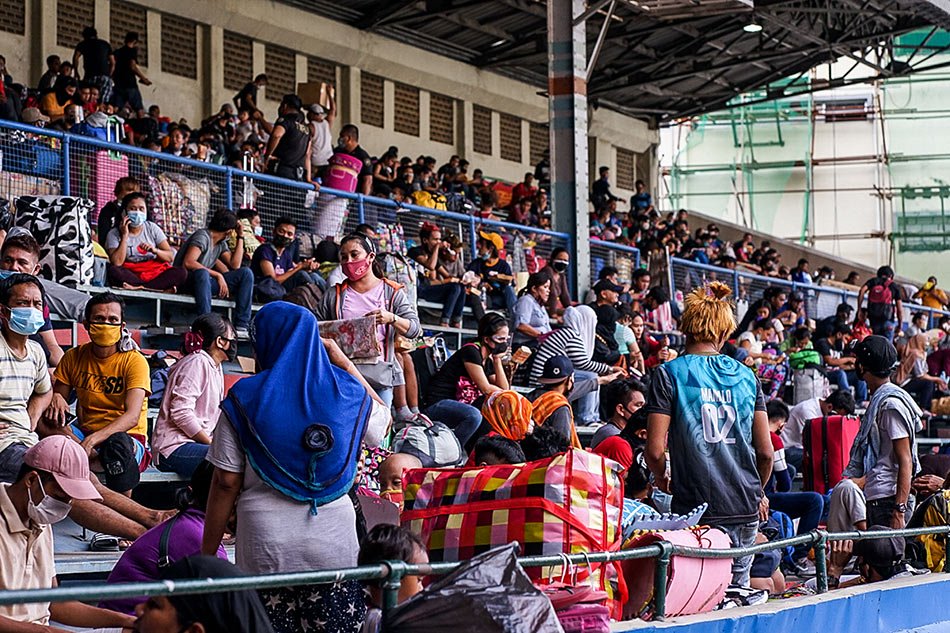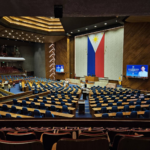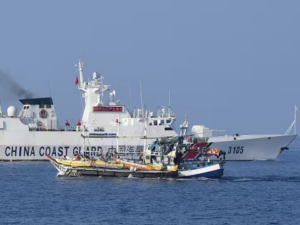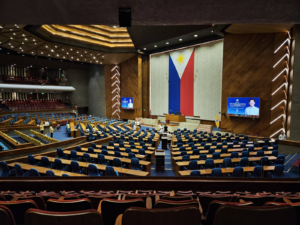
The Philippines’ debt breached the ₱9-trillion mark in June as the government borrowed more funds for its pandemic response measures, the Bureau of the Treasury revealed on Wednesday.
Outstanding loans reached ₱9.05 trillion during the first half of the year, adding ₱163.3 billion compared to May as the state borrowed more funds from local and foreign sources, said the Treasury.
To date, the Philippine government has borrowed an additional ₱1.3 trillion when compared to the 2019 debt level. The gap is significantly bigger because of lockdowns where tax collections dwindled.
The Treasury issued debt notes and signed a ₱300-billion short-term credit line from the Bangko Sentral ng Pilipinas to pad its cash position, payable in six months.
The remaining one-third was sourced from foreign lenders, which reached ₱2.9 trillion. This is 10 percent higher when compared to end-2019 levels, partly tempered by a stronger peso exchange rate at ₱49.70 to a dollar.
For June alone, the government raised ₱413.5 billion from foreign borrowings, against ₱113.5 billion debts repaid during the month.
The government has secured program loans worth ₱216.3 billion for coronavirus response, with ₱130.5 billion from the Asian Development Bank and ₱85.8 billion from the World Bank.
As a country with a struggling economy, the Philippines spends more than what it can collect in funding so that it can begin new and high-impact projects, in this case, the coronavirus response.















